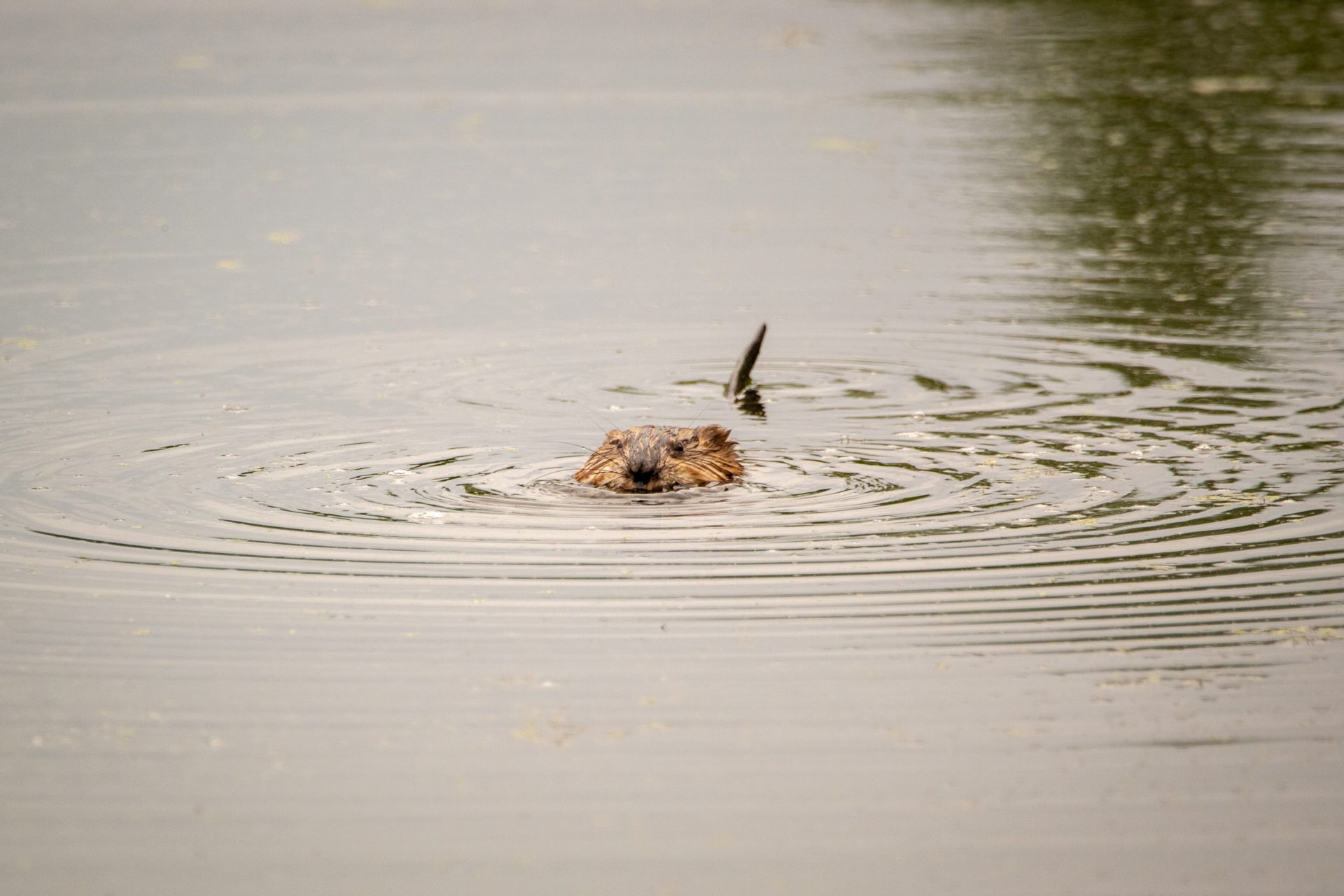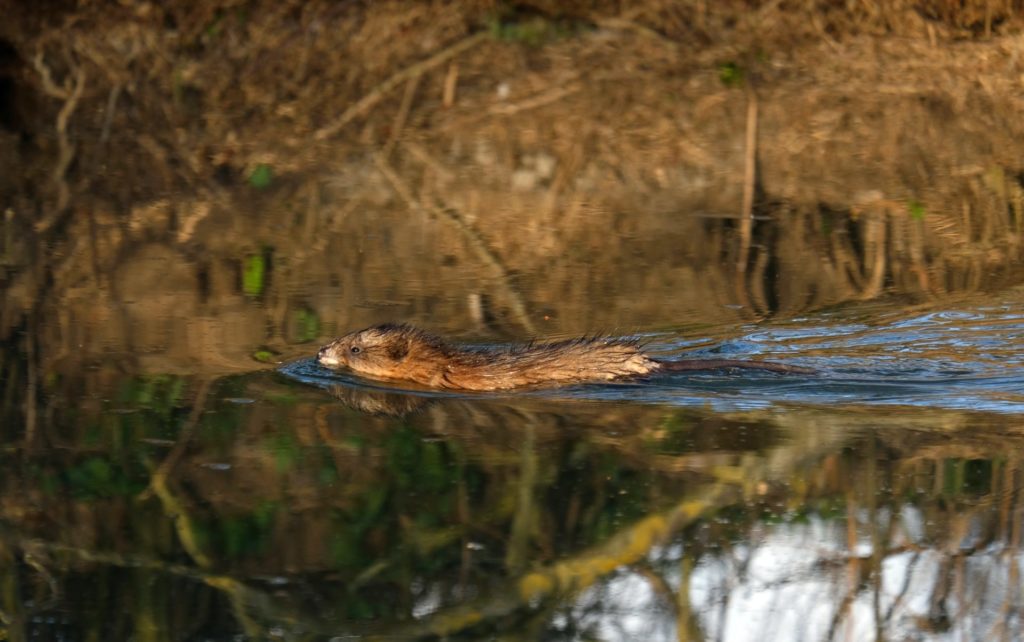After years of being virtually exterminated, the muskrat has made an unwelcome comeback in Flanders, particularly in the border region with the Netherlands.
The muskrat is not a native species and causes damage to banks and dikes, which creates a nuisance for both nature and for the agricultural sector, according to the Flemish centre for agriculture and horticulture (VILT).
The muskrat population had been under control for years, but now VILT reports the rodent is back.
“The past two years there have again been more reports, and the numbers are again high,” said Katrien Smet, spokesperson for the Flemish Environment Agency (VMM). “We cannot yet speak of a plague, but there are more catches.”
Sudden and surprising increase in muskrats
VMM handles the majority of the muskrat captures, and caught 676 in 2021 in just the municipality of Sint-Laureins in East Flanders, along the Dutch border.
The Netherlands is seeing the same issue on their side: in Zeeuws-Vlaanderen, 4,936 muskrats were caught last year, more than twice as many as the year before.
The cause of the sudden resurgence isn’t yet clear.

“This increase surprises us,” said Luc Mangus, executive of one of the water authorities in Zeeuws-Vlaanderen.
“We are analysing why this is so that we can determine a strategy to get it under control.”
An invasive species that damages the environment
By digging in water-rich areas, muskrats can damage the stability of banks, roads and dikes, and impede water drainage.
In recent years, Belgian and Dutch agencies have experimented with alternative trapping methods, such as the use of drones and sniffer dogs, but these are not yet being deployed today because there are still too many muskrats for it to be an effective strategy.

